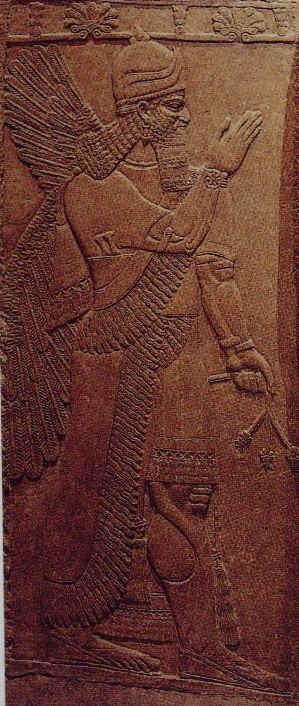Background
In 1959 the Egyptian temples at Abu Simnel were threatened by the construction of the Aswan Dam. $50 million was donated by a number of countries to help Egypt move these temples to safety; so recognising the international nature of cultural heritage. In 1965 the USA called for a World Heritage Trust. In 1972, UNESCO passed the Convention concerning the Protection of the World Cultural and Natural Heritage. UNESCO World Heritage is the response.
UNESCO's World Heritage mission is to:- encourage countries to sign the 1972 Convention and to ensure the protection of their natural and cultural heritage
- encourage States Parties to the Convention to nominate sites within their national territory for inclusion on the World Heritage List
- encourage States Parties to set up reporting systems on the state of conservation of World Heritage sites
- help States Parties safeguard World Heritage sites by providing technical assistance and professional training
- provide emergency assistance for World Heritage sites in immediate danger
- support States Parties' public awareness-building activities for World Heritage conservation
- encourage participation of the local population in the preservation of their cultural and natural heritage
- encourage international cooperation in conservation of cultural and natural heritage.
The Concept of World Heritage
World Heritage sites belong to all the peoples of the world, irrespective of the territory on which they are located. But how can a World Heritage site in Egypt belong equally to Egyptians and to the peoples of Indonesia or Argentina?
The answer is to be found in the Convention concerning the Protection of the World Cultural and Natural Heritage, by which countries recognize that the sites located on their national territory, and which have been inscribed on the World Heritage List, without prejudice to national sovereignty or ownership, constitute a world heritage for whose protection it is the duty of the international community as a whole tocooperate.
Without the support of other countries, some sites with recognized cultural or natural value would deteriorate or, worse, disappear, often through lack of funding to preserve them. The Convention is thus an agreement, signed to date by 164 countries, to contribute the necessary financial and intellectual resources to protect World Heritage sites.
World versus National Heritage
How does a World Heritage site differ from a site of national heritage? The answer lies in the words outstanding universal value, that are used in the Convention.
All countries have sites of local or national interest, which are quite justifiably a source of national pride, and the Convention encourages them to identify and protect their heritage whether or not it is placed on the World Heritage List. Sites selected for World Heritage listing are approved on the basis of their merits as the best possible examples of the cultural and natural heritage.
The World Heritage List
There are currently 730 sites on the World Heritage List , of which 563 are cultural sites, 144 are natural and 23 are mixed cultural and natural heritage sites. From the UNESCO World Heritage web pages, these sites can be consulted alphabetically by country, or by region through an interactive map. Currently 33 sites are described as being in danger. Mostly these are in thrid world countries, but the USA is represented by Yellowstone Park. Since submitting the site of the Giants Causeway in Northern Ireland to the list in 1986, the UK has now added some 24 sites to the World Heritage list - most recently the industrial age model towns of Saltaire and New Lanark.
Signatories
More than 160 countries have signed up to the Convention, including all the non-signatories to the 1970 and 1995 conventions on trade in antiquities.
World Heritage Definitions
Cultural Heritagemonuments, groups of buildings and sites with historical, aesthetic, archaeological, scientific, ethnological or anthropological value.Natural Heritage
outstanding physical, biological and geological formations, habitats of threatened species of animals and plants and areas with scientific, conservation or aesthetic value.
